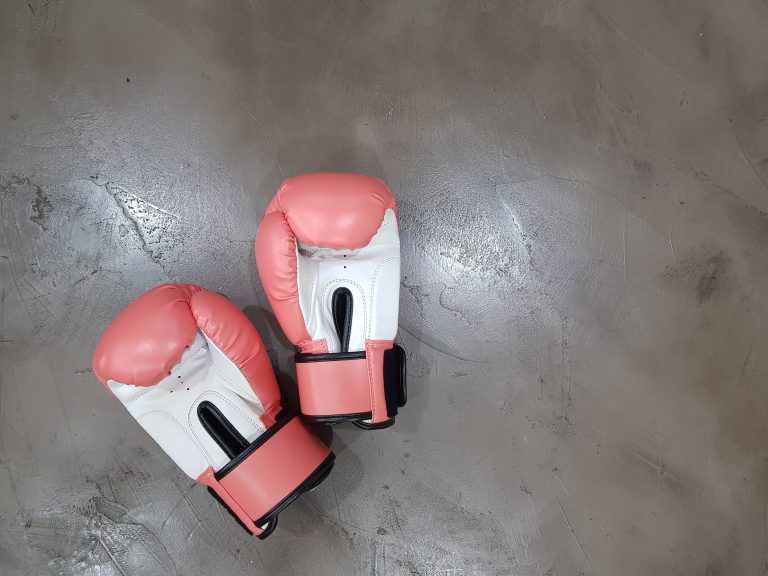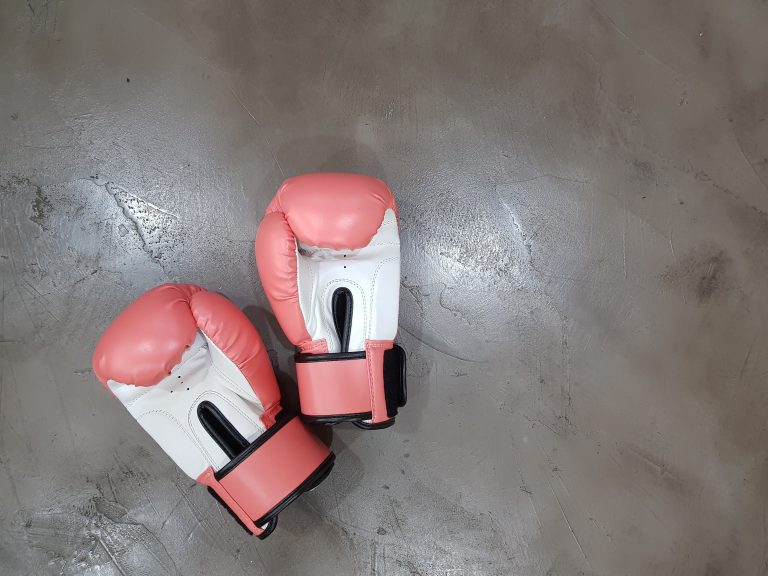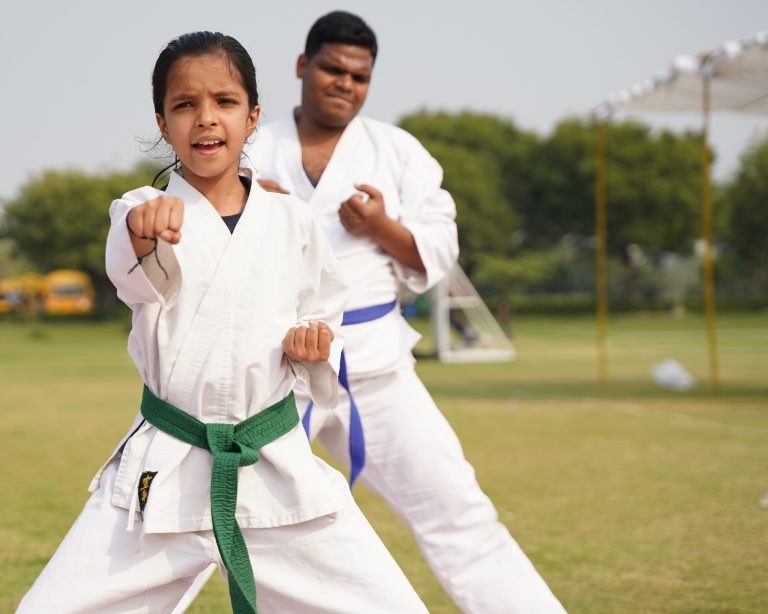Karate Scenario vs Scenario Outline
As an important aspect of Behavior-Driven Development (BDD), a scenario is a written description of a feature’s behavior. It provides a clear understanding of how the feature should work from the user’s perspective. BDD involves defining scenarios, which are written in a specific format called Gherkin. There are two types of scenarios, karate scenario, and scenario outline.
In this blog post, we will explore the differences between Karate Scenario vs Scenario Outline in BDD.
Karate Scenario
The Karate Scenario is a type of scenario that represents a single concrete example of how a feature or functionality in an application works. Karate Scenario comprises a set of steps involving different user actions and is written in Gherkin format. In BDD, Karate Scenario is crucial in representing a feature’s behavior as it provides a specific example of how the user should interact with it.
The following is an example of a Karate Scenario:
„`
Scenario: User Login
Given I am on the login page
When I enter valid username and password
Then I should be logged in successfully
„`
The above Karate Scenario describes how users can log in to a website. The „Given“ part describes the initial state or preconditions required. The „When“ part specifies what the user does, and finally, the „Then“ part defines the expected outcome.
Karate Scenario is usually used in situations where there are no significant variations in how the user interacts with the application.
Scenario Outline
On the other hand, Scenario Outline is a variant of the Karate Scenario that allows parameterization of the scenario steps. It is usually used in situations where there are different variations of the feature or functionality. With the scenario outline, we can cover multiple variations using a single scenario.
The following is an example of a Scenario Outline:
„`
Scenario Outline: User Login
Given I am on the login page
When I enter „
Then I should be logged in successfully
Examples:
| username | password |
| tom | secret |
| jane | password |
| mark | test |
„`
The above Scenario Outline covers different variations of user login scenarios using parameters. The „Given,“ „When,“ and „Then“ parts are the same for all variations, except the „username“ and „password“ parameters. The „Examples“ section below the scenario outline provides multiple variations of the scenario using the parameter values.
Differences Between Karate Scenario and Scenario Outline
The main difference between Karate Scenario and Scenario Outline is the level of parameterization. With Karate Scenario, there are no parameters involved, and the steps are specific to a single scenario. Conversely, Scenario Outline involves parameterization of the steps, making it possible to cover different variations of a feature or functionality using a single scenario.
Another significant difference between Karate Scenario and Scenario Outline is their application. Karate Scenario is usually used in situations where there are no significant variations in how the user interacts with the application. On the other hand, Scenario Outline is used in situations where there are different variations of the feature or functionality.
Karate Scenario vs Scenario Outline: The Most Frequently Asked Questions
Karate is one of the most popular martial arts disciplines in the world, and it has become a popular choice for self-defense, fitness, and competition. However, many people still struggle to understand the difference between the Karate Scenario and the Scenario Outline. In this blog post, we will answer some of the most frequently asked questions about these two important concepts in Karate.
1. What is a Karate Scenario?
A Karate Scenario is a pre-planned sequence of moves that a Karate practitioner can use to navigate a situation effectively. A Karate Scenario is intended to be an effective means of defense against an opponent, and it is usually tailored to a specific situation, such as a street fight or a burglary attempt.
2. What is a Scenario Outline?
A Scenario Outline is a template for creating Karate Scenarios. It is a written document that outlines different scenarios and the moves that should be used in each scenario. A Scenario Outline is useful because it provides a reference for Karate practitioners to develop their own scenarios based on unique situations.
3. How are Karate Scenarios and Scenario Outlines created?
A Karate Scenario is created by analyzing a specific situation and identifying the potential risks and threats. Once an individual has identified these risks and threats, they can create a sequence of moves that will be effective in defending against them. On the other hand, a Scenario Outline is created by outlining a series of potential situations and developing appropriate responses for each situation based on the individual’s martial arts training.
4. Why are Karate Scenarios and Scenario Outlines useful?
Karate Scenarios and Scenario Outlines are useful because they provide practitioners with a set of tools they can use to handle different situations effectively. They can help individuals develop their skills and confidence when it comes to defending themselves, which is particularly important in dangerous or high-pressure situations.
5. Can Karate Scenarios and Scenario Outlines be used in competitions?
Yes, Karate Scenarios and Scenario Outlines can be used in competitions. However, they are usually modified to fit within the rules of the specific competition. In many cases, competition scenarios will be simpler than real-world scenarios, as they are designed to test the individual’s skills within a controlled setting.
6. How do Karate Scenarios and Scenario Outlines fit into a larger training program?
Karate Scenarios and Scenario Outlines are important components of a larger training program. They are usually integrated into a Karate practitioner’s regular training routine, along with other important aspects like sparring and physical conditioning. By practicing scenarios and developing outlines, individuals can continue to improve their skills and be better prepared for any challenges they may face in real life.
7. How do I get started with Karate Scenarios and Scenario Outlines?
If you are interested in incorporating Karate Scenarios and Scenario Outlines into your training program or simply want to learn more about them, the best way to get started is to talk to a qualified Karate instructor. They can provide you with the guidance and support you need to develop your skills and reach your goals.
Karate Scenario vs Scenario Outline: What’s the Difference?
If you’re interested in learning karate or any other type of martial arts, it’s important to understand the different teaching methodologies used in such practices. Two commonly used methodologies are karate scenario and scenario outline. Both are effective in their way, but here’s what differentiates them:
Karate Scenario
Karate scenario is a training method where you practice a set of predetermined techniques in a specific sequence. This training is done repeatedly, and the order of the techniques is always the same. The goal of a karate scenario is to reassure muscle memory and create a more natural flow of movements.
A karate scenario is usually practiced in groups where students follow a leader who guides them through a predetermined set of techniques. During the practice, the students execute the techniques in cooperation, without any opponent.
Scenario Outline
In contrast, the scenario outline is a training method where techniques are practiced in a real-world context, responding to different stimuli, such as an attack or counter-attack. The exercises‘ order is constantly changed, and the techniques used are always based on the student’s skills.
The purpose of the scenario outline exercise is to enable students to respond to different situations with the available skills in a more organic and instinctive manner. Scenario outlines can be practiced alone, one-on-one with a partner, or in a group.
The Main Differences
The primary difference between karate scenarios and scenario outlines is the situation in which the techniques are practiced. In a karate scenario, the techniques are executed in a predetermined and consistent pattern, whereas, with the scenario outline, the techniques are practiced in response to unfamiliar stimuli.
The karate scenario emphasizes proper technique and smooth transitions, while the scenario outline primarily focuses on the situation and the effectiveness of the movements in different contexts.
Which One Should You Choose?
Both karate scenarios and scenario outlines have their place in martial arts training, and it ultimately depends on the student’s goals and the instructor’s teaching style. Here are some factors to consider when choosing between the two methodologies:
Goals
If your goal is to refine your technique and better execute precise movements, karate scenarios would be more effective. On the other hand, if you want to simulate real-world situations and learn to act instinctively, the scenario outline would be more applicable.
Training Environment
If you’re learning martial arts in a group setting and you want to progress together with others, karate scenarios might be more effective. Moreover, if your training involves competition, karate scenarios are the better choice. For one-on-one training, the scenario outline is more effective.
Instructor’s Style
It’s always essential to choose an instructor who shares the same teaching goals as you. Some instructors prefer a more structured approach to training that involves the repetition of the same techniques, while others prefer a more flexible and improvisational approach that prioritizes reacting to unfamiliar situations.
Conclusion
In conclusion, whether you prefer karate scenarios or scenario outlines depend on your goals, training environment, and instructor’s style. Both options are valid, and it’s crucial to understand their differences to choose the one that’s best suited for you. Regardless of which methodology you choose, always remember to stay committed to regular practice and continuous improvement.
Inhaltsverzeichnis






